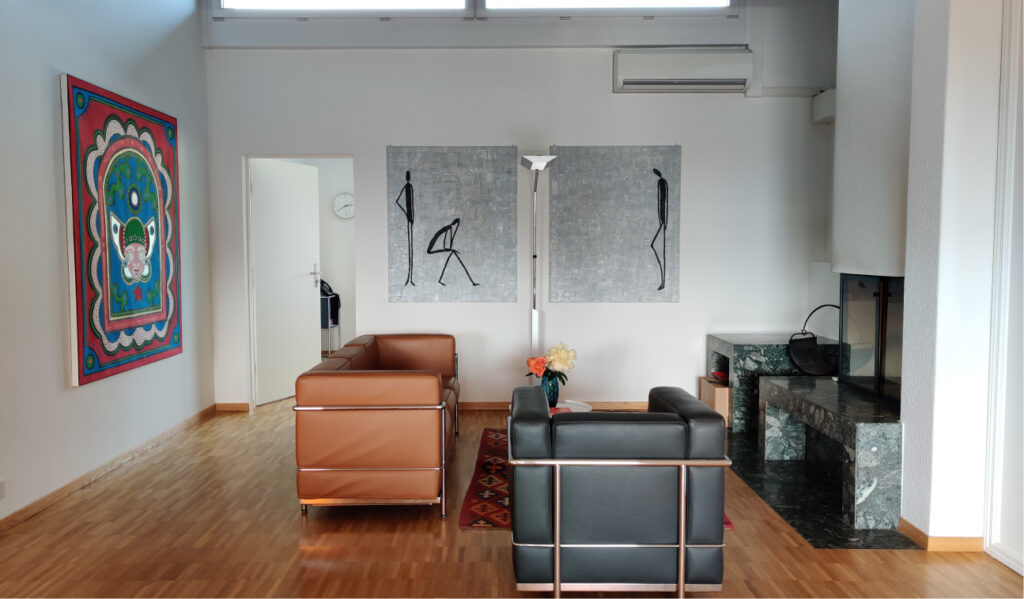The publication of a building application by SpaceX subsidiary Starlink in the Valais official gazette has attracted media attention. The US company is planning to build a new ground station for satellite communication in the municipality of Rarogne in the canton of Valais. What sounds like future technology to many is, in legal terms, a classic application of Swiss building and planning law – with complex requirements for zoning conformity, authorisation and public interest.
Building in Switzerland – only within clear rules
In Switzerland, building is not allowed just anywhere. The Spatial Planning Act (RPG) obliges the federal government, cantons and municipalities to organise the use of land in an economical manner (Art. 1 RPG). In principle, building projects must be concentrated in building zones – buildings outside such zones are only permitted in exceptional cases (Art. 24 RPG).
Anyone wishing to construct an installation such as that of Starlink must first clarify whether the site is zonally compliant – for example, whether it is an industrial zone, special zone or even agricultural land. This is often not clear, especially in the case of technical infrastructure, antenna systems or communication stations.
The building permit procedure – regulated by the canton, legally demanding
The actual building permit procedure is governed by cantonal law. In the canton of Lucerne, for example, the Planning and Building Act (PBG) stipulates that all buildings and installations are subject to authorisation (§ 184 PBG LU). The prerequisite is that the project conforms to the zoning regulations, development is secured and there are no overriding public or private interests to the contrary.
If construction takes place outside the building zone, an additional exemption licence is required from the canton – and in sensitive cases, approval from the federal government.
Legal support creates clarity and security – even in the event of resistance
Planning applications such as that of Starlink are a good example of how complex even technically or economically desirable projects can be. Possible objections, environmental impact assessments, monument preservation requirements and special authorisations often make the process challenging.
At the same time, not only developers but also objectors have rights. For example, the Facebook group ‘5G en Suisse, non merci!’ has criticised the planned project. It is calling on the public to lodge an objection to the planning application by 28 June 2025. Although the planned installation is not a classic 5G antenna, such reactions show that projects in the telecommunications sector are also increasingly controversial in society.
Building law stipulates that affected neighbours, environmental organisations or third parties with an interest worthy of protection can lodge an objection during the consultation period – in this case by 28 June 2025. If this is done in due time and form, the responsible authority must deal with the objections. Particularly in technologically or ecologically sensitive cases, opposition is to be expected – careful legal preparation is therefore crucial.
Starlink plans to start setting up the first Swiss ground station as early as autumn 2025. Whether this succeeds also depends on whether objections are raised – and whether they are successful.
As a law firm with a proven track record in construction, planning and environmental law, we represent developers and municipalities as well as neighbours and objectors – with the aim of achieving legally viable and fair solutions.
Contact us for non-binding advice on construction, planning and environmental law.



